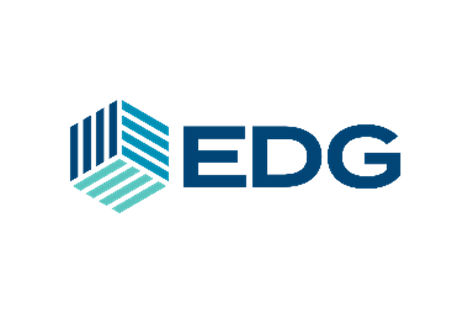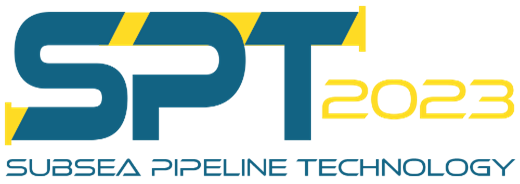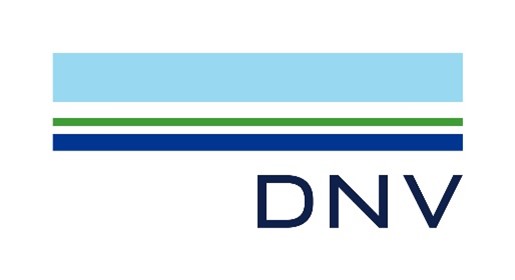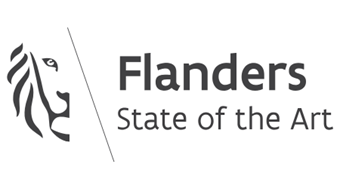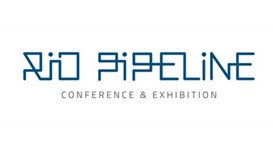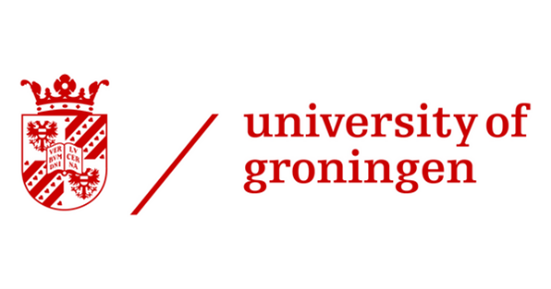SeaLeopard provides specialist consultancy and engineering designs for subsea pipeline systems, but can also perform execution support such as inspection, supervision and project management. The various topics of pipeline engineering services are not limited but below presents a summary of the activities we are involved in.
Pipeline Project Services
Pipeline Concept Design

Development of pipeline system concepts and options for a Project opportunity, so that the best overall option can be chosen considering economic, environmental, health and safety, and reputation/license to operate factors. Maturing the chosen option so that costs, schedules, and risks are understood sufficiently to proceed to a detailed design stage.
Pipeline Routing

Selection of the optimum pipeline route considering terrain conditions, current and future transportation requirements, costs, impact on public safety and the environment, third party activities, and the required permits and agreements. The result will be that the pipeline may be safely and efficiently constructed and the value of the pipeline is maximized over its life.
Pipeline System Engineering

Application of processes and tools to define and manage the interfaces of the pipeline system with other elements of the production or transportation system such as platforms, topsides processing systems, floating hosts, subsea equipment, corrosion management systems, pump and compressor stations, terminals, data gathering systems, electrical systems, etc. so that the entire pipeline system works in conjunction with the rest of the production or delivery system to provide mechanical and functional compatibility and integrity.
Pipeline Design

Application of appropriate methodology, tools, and standards to design cost effective onshore and/or offshore pipelines, risers, spools and tie-ins for safe construction, (pre) commissioning and operation in accordance with the requirements of the applicable legislation, standards, requirements for the safety and protection of the public and the environment.
Pipeline Materials Selection

Evaluation and selection of pipeline materials including coatings, insulations, and internal liners compatible with the defined corrosion management philosophy, resulting in the required reliability and lowest life cycle costs.
Pipeline Construction & Installation

Evaluation and selection of pipeline construction and installation methods and processes, including preparation of technical specifications, vendor and contractor selection, management of fabrication, installation, and pre-commissioning activities and management of contractor safety standards so that the pipeline is constructed in a cost effective, safe and environmentally responsible manner.
Pipeline Project Management

Application of Project Management processes and methodologies to the delivery of a pipeline system, including development of project strategies and plans, integration of operational requirements, management of project risks, cost and resource planning, contractor management , quality assurance and control and health, safety and environmental performance management so that the project is delivered in line with cost, schedule, quality, and HSE performance standards to meet the operational requirements of the project.
Pipeline Operations Services
Pipeline Integrity Systems

Delivery of engineering support to pipeline operations in maintaining the integrity of a pipeline through its life, through development, implementation and administration of a Pipeline Integrity Management System, planning inspection activities and evaluating results, assessment of pipeline defects and impact on pipeline operations, establishing and maintaining integrity database, assessment of technical integrity for life extension or service conversion so that the pipeline may be operated safely at all times during its life.
Pipeline Operations

Delivery of engineering support to pipeline operations, including system performance monitoring, inspection and maintenance activities, budget planning and management, and emergency response planning and support so that the pipeline to ensure safe and efficient delivery of pipeline products to customers as intended.
Pipeline Inspection & Maintenance

In support of Pipeline Intergty and Operations, inspection camapaigns of the pipeline both internal and external are carried out on a risk based basis. This means that sensitive parts fot he pipeline on a dynamic seabed, such as free spans, have to be inspected more frequently than foir example the anode beds which gradually deplete. There are a wide range of inspection technologies and each has its own sensitivity and area of application. There are possibilities to provide digital pipeline twins that can monitor pipeline performance and aurtomate a lot of route tasks. Pipeline survey with AUVs of ROV’s generates a lot of data, which have to be interpreted and anomalies have to be reported.
Pipeline Repair

Development of plans, procedures, specifications and equipment needed for remediation and repair of pipeline defects, management of repair and re-commissioning activities so that damaged pipelines may be returned to service in a safe and efficient manner and pipelines may be safely decommissioned and abandoned at the end of their life.
Pipeline Abandonment

At the end of the life time of a pipeline, abandonment or repurposing has to be performed, where key tasks are following such as cleaning, internal inspection (if there is preservation needed) and in some cases , removal or just burial of the ends that could damage other users of the seabed.
Pipelines Handover to Operations

Preparation for and management of the handover of a pipeline system to the operating organization, including preparation of operating, inspection, and maintenance plans, and delivery of databooks, drawings, and other design and construction records so that the pipeline may be operated as intended and its integrity maintained throughout its life. For preservation a choice of chemical mix for inhibition has to be made, such that corrosion is prevented for the chosen period of inhibition.
Pipeline Crossings, Stations, and Tie-in Design

Application of tools, standards and methodology to the design and specification of crossings of other pipelines, cables, structures and the design of tie-ins, structures, and related specialty components such as pig traps, hot-taps, manifolds, wyes, SSIVs, PLETs/sleds, jumpers, pipelines bends, fittings etc., taking into account construction, operational and environmental loads so that the pipeline system maintains integrity to protect the safety of the public and the environment over its life.

